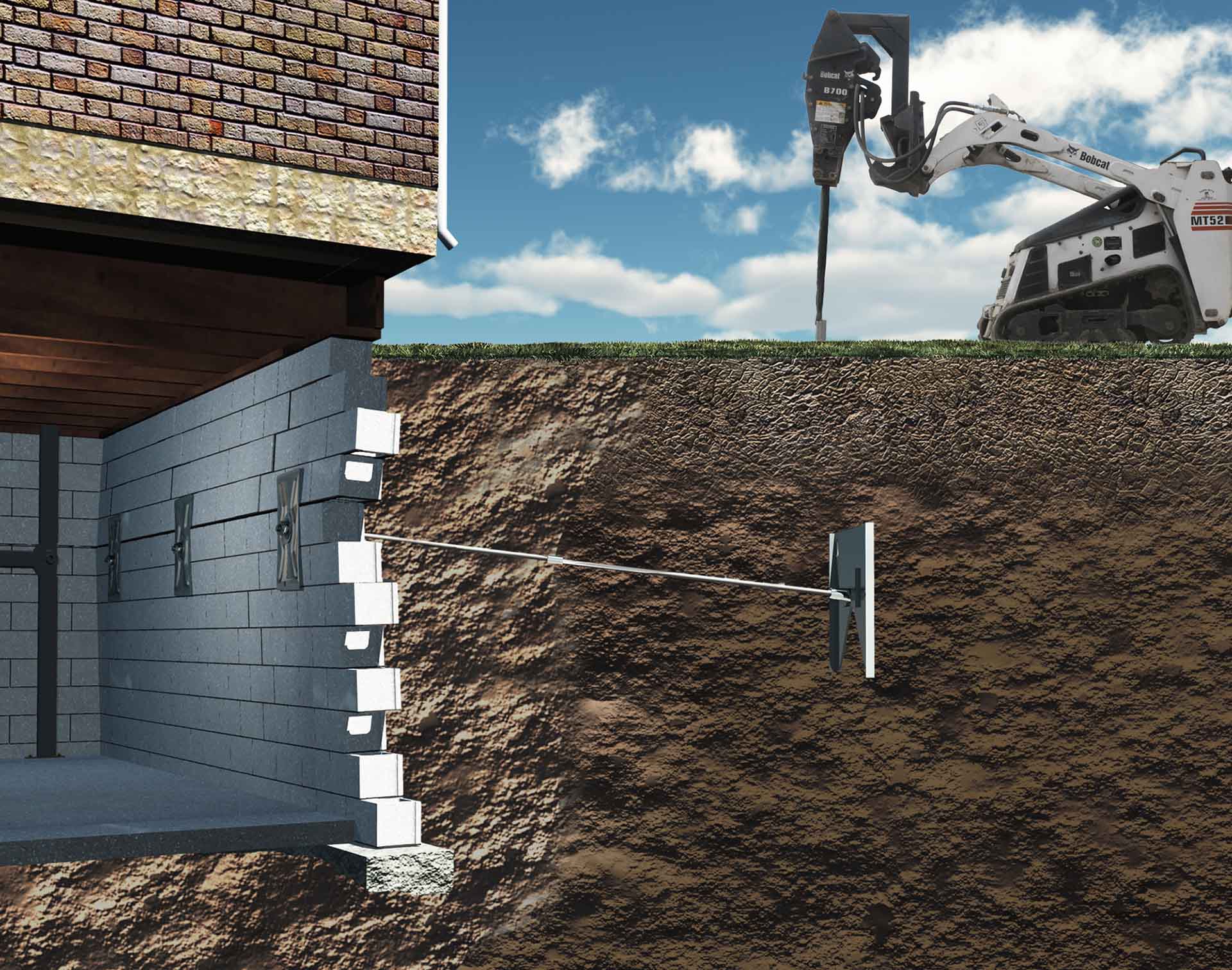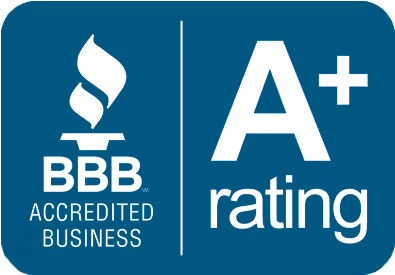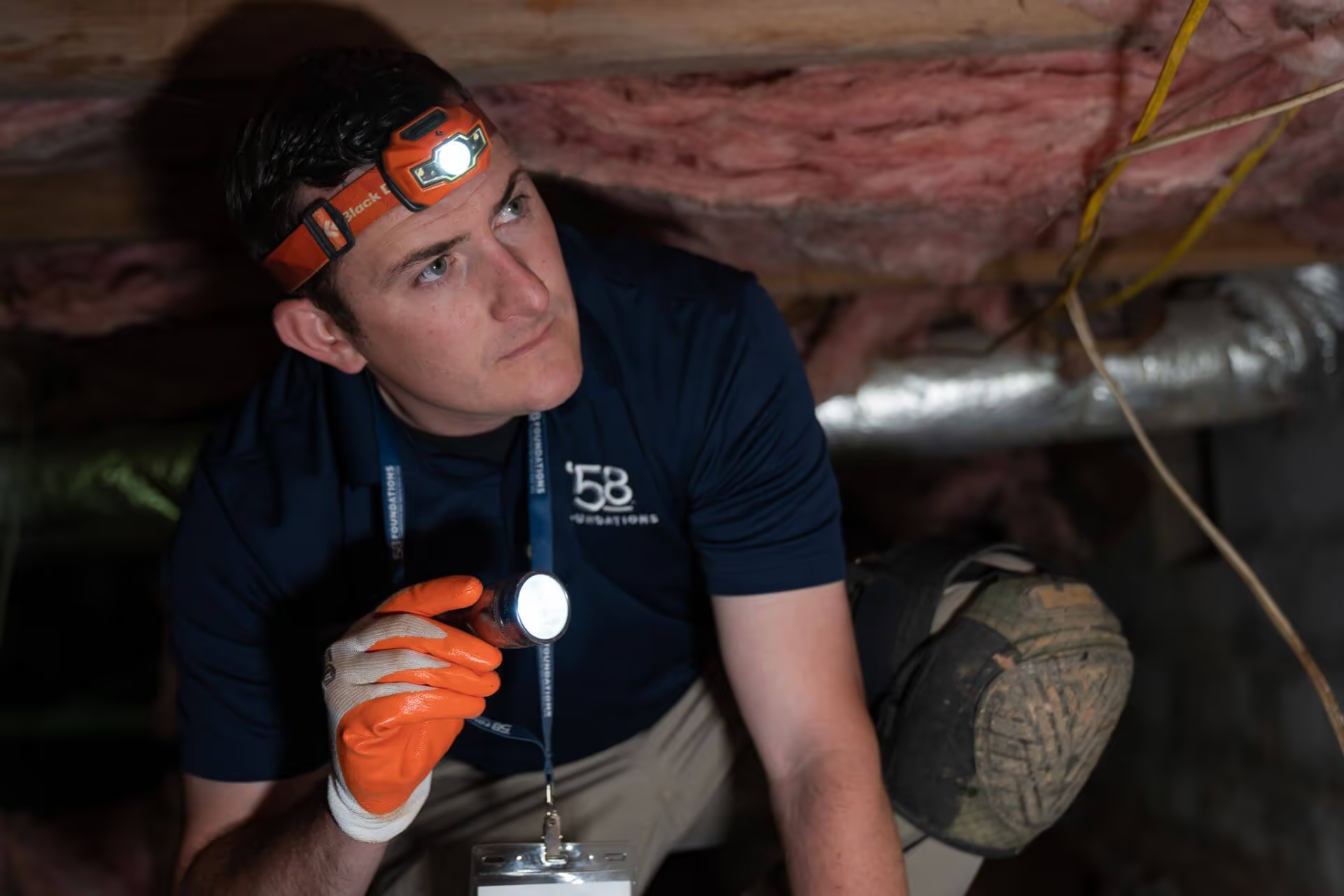Bowing basement walls are often caused by hydrostatic pressure and can compromise your home’s structure. Our Helical Tieback Anchors provide lasting support and stability, preventing further damage and restoring your foundation’s integrity. Trust ’58 Foundations & Waterproofing for proven wall repair solutions.






Helical Tiebacks are used in any instance of a wall bowing 4-inches or less and when you want to straighten the wall back to its original vertical position. Think of the Tieback as a giant ground screw. A long galvanized 1.25-inch diameter screw is driven through the wall and anchored into the ground outside. Inside, against the wall, a threaded plate (or C-channel bracket) is added.
If you excavate on the outside before you place the helical tieback, you may be able to actually draw the wall back up to vertical. This is accomplished by turning the helical tieback like a screw (before the dirt is replaced). This is the only solution that can potentially bring your wall back to plumb.
A bowing basement wall is typically caused by hydrostatic pressure. This is the force of water-saturated soil expanding and pushing on the exterior of the wall. Because there is nothing on the interior to counter that force, the wall begins to move. If left untreated, the wall can continue to move inward and eventually may collapse.
Bowing walls are most often seen in foundation walls constructed with concrete blocks. These concrete blocks are held together with mortar, and the mortar (unless it is reinforced), is the weakest spot. This is where you are most likely to see the failure. The walls are strongest at the corners, so the bowing is typically found toward the middle – in the form of stairstep foundation cracks.
Hydrostatic pressure due to poor drainage of the immediate exterior is normally to blame. Freezing and thawing in the Northeast contributes to the problem, as well as water-saturated clay-like soil in the Southeast.






We respect your privacy. By submitting, you authorize '58 Foundations and Waterproofing to reach you via call, email or text for information about your project needs. We will never share your personal information with third parties for marketing purposes. You can opt out at any time. Message/data rates may apply. Consent is not a condition of purchase. Privacy Policy